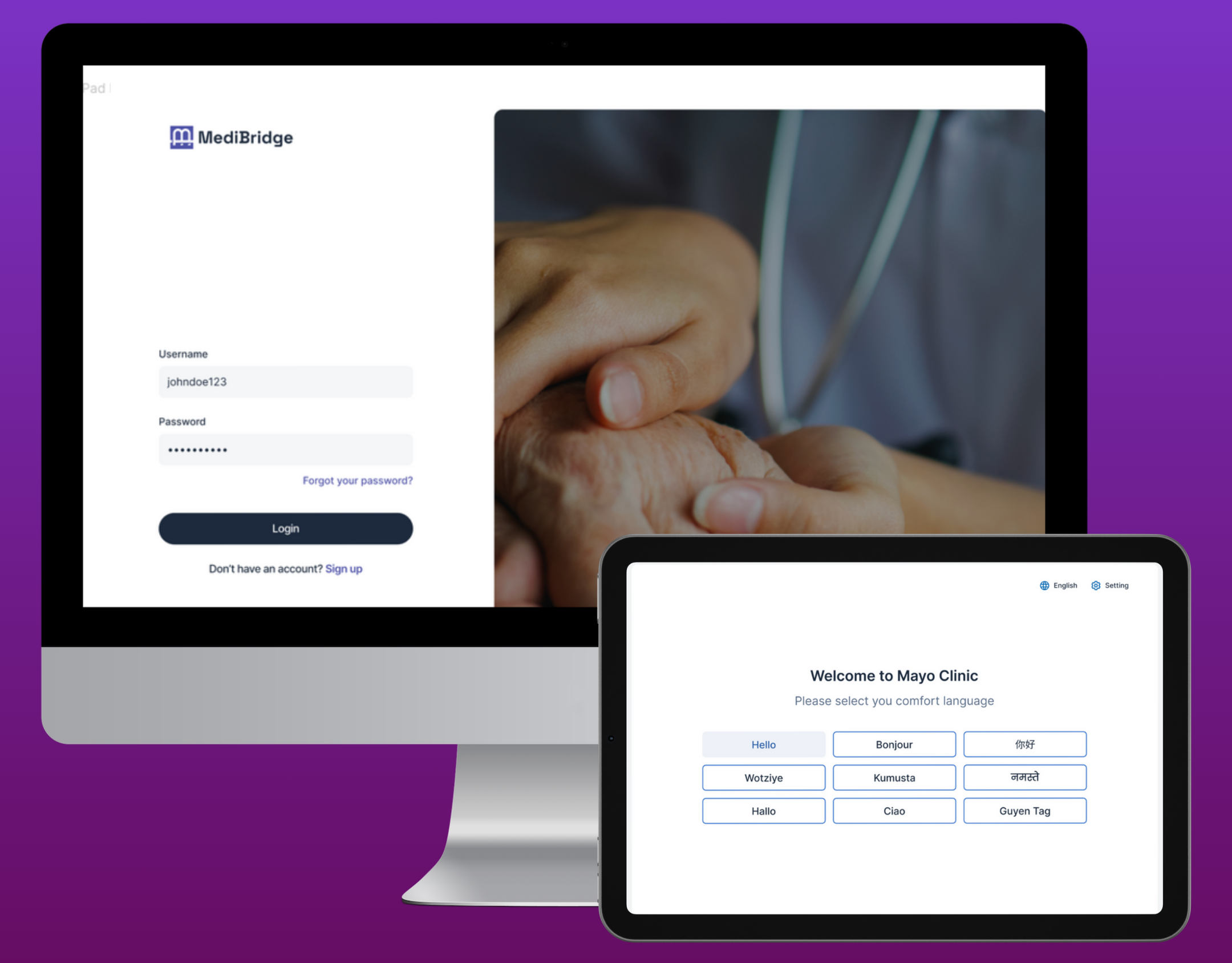PROJECT OVERVIEW
The project's focus on leveraging Trello as a visual tool aimed to enhance ASU students' resilience, aiding them in navigating and excelling within their current conditions. This design solution seeks to facilitate conversations centered on improving students' pursuits and fostering a more effective approach to managing tasks, thereby empowering them to visualize, organize, and achieve their educational and professional goals.
PROBLEM STATEMENT
The current challenges faced by students in poor organization and time management serve as significant barriers to achieving success. Juggling multiple simultaneous commitments such as school, projects, and work exacerbates these difficulties. Trello, despite its expansive capabilities, lacks a structured toolset and sufficient customization options to effectively address these challenges.
The non-user-friendly nature of the system inhibits effective task management, prioritization, and timely completion. This lack of proper structuring and customization options renders it challenging for users to navigate, leading to difficulties in meeting deadlines and delivering within specified time frames.
USER RESEARCH
Fig: Screenshot from a concept story made to understand the end-to-end journey of a student & to come up with the board system redesign
Our comprehensive 4-month research study, conducted in collaboration with ASU Graduate students, delved into various facets:
- Identifying prevalent challenges impeding students' success
- Surveying the range of options, products, and services currently utilized or desired by students
- Mapping out the day-to-day tasks students encounter and aim to accomplish
- Analyzing the holistic end-to-end journey of students within the educational landscape
This extensive research aimed to gain deep insights into the difficulties students face, their preferences in tools and services, the intricacies of daily tasks, and the complete journey students undertake throughout their academic pursuits.
QUALITATIVE INTERVIEWS
User research played a pivotal role in our approach. Recognizing the multitude of projects and responsibilities burdening students, I prioritized gathering comprehensive insights from end users. This process aimed to intricately detail the myriad tasks and responsibilities encountered during their Masters program.
By engaging extensively with end users, our objective was to deeply understand the challenges they face and their perspectives on potential improvements. This approach targeted the optimization of pain points, seeking to address these challenges and enhance the overall experience of students pursuing their Masters program.
“The most frustrating part about organizing my responsibilities is that it is hard to write in both events and have a to-do list when using online planners. Oftentimes, it's one or the other.”
“When using my online planner, it often shows my task on the bar above which is something I miss easily and don’t realize that it is there.”
“Graduate school is a lot faster paced that I thought, so I recently switched to an online planner so I could access my schedule where ever I am. With an absence of time it is a herculean effort to learn a new system and its long list of options and it gets really overwhelming.”
INSIGHTS
After conducting user interviews, contextual inquiry and analyzing the gathered data, I was able to categorize the insights into these 3 categories:
PERSONA
Through our research, it became apparent that distinct user groups encountered specific challenges. To address this diversity of needs, I segmented users into two distinct profiles based on their unique goals and tasks. This categorization aimed to tailor solutions and interventions more effectively, aligning with the distinct requirements and objectives of each user group.
Conceptualization
Initiating with information architecture and low-fidelity concepts for the primary use case, our process advanced to conducting usability tests using these initial mockups. As confidence in the design grew, we transitioned to digitizing the concepts, evolving them into digital designs. This methodical progression ensured a thorough validation of the design at each stage, facilitating a robust and refined digitalization process.
THE SOLUTION
The updated Trello planner board lets you effortlessly add assignments, plans, or schedules with just a click. Easily drag tools from the top menu to create new cards or organize options. Quickly view and compare assignments and schedules side by side, making it simple to find what you need in no time
Find all tools in one place
In the settings, conveniently located in the right-hand bar, discover a range of organization and customization options tailored to your needs. This section also highlights recent activity, allowing you to track and view changes made, ensuring you stay updated with ease.
Customize your board your way
In the customizations tab, you can easily adjust the color schemes for classes, projects, and backgrounds, and even add stickers to personalize your experience. For those seeking more creativity, there's an option to import your own image as a background, allowing for a truly unique touch to your setup.
Customize your board your way
Stay on top of your projects and work schedules effortlessly with the side-by-side view of tasks and the calendar. Enjoy the convenience of an easy drag-and-drop feature to customize your board according to your preferences, making it a breeze to organize and manage tasks just the way you like.
Usability Testing
I conducted rigorous testing throughout different stages of the project:
• Lo-fi prototypes underwent weekly testing with participants to gather feedback on functionality, content, and interactivity.
• Unmoderated user testing involved a subset of participants engaging with the prototype, performing hypothetical tasks based on specific scenarios. This testing phase aimed to assess the product's usability and effectiveness in real-world scenarios.
Seeing Results
Following user testing, we compared the outcomes of our redesign with our initial data. In our December presentation, we were thrilled to highlight improvements in completion rates, user satisfaction, and student resilience as a direct result of our redesign efforts.
Project Learnings
1. Visualization for Empowerment:
Trello served as a powerful visual aid, empowering students to comprehend, organize, and visualize their tasks and goals effectively.
2. Enhanced Resilience:
The focus on resilience-building through this design solution emphasized the importance of adaptability and perseverance in students' academic and professional journeys.
3. Task Management Improvement:
Using Trello fostered a more efficient task management approach, enabling students to navigate their responsibilities more effectively.
4. Conversational Facilitation:
The tool facilitated meaningful conversations among students, encouraging collaborative efforts aimed at improving academic pursuits.
5. Encouraging Pursuit of Goals:
Trello's visual framework encouraged students to set and pursue their educational and professional goals more proactively.
6. Adaptation to Current Conditions:
Emphasizing adaptability, the project highlighted the significance of tools that aid students in thriving amidst varying and challenging conditions.
7. User-Centric Approach:
The focus on user needs and experiences underscored the importance of designing solutions that resonate directly with the target audience.
8. Validation through Feedback:
Gathering and analyzing user feedback reinforced the effectiveness of the visual tool in meeting students' needs and fostering their success.





